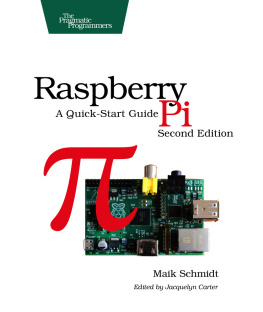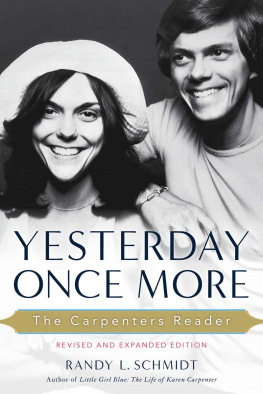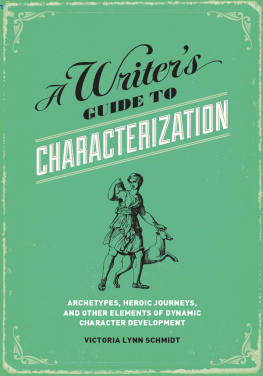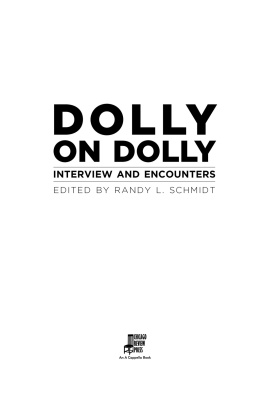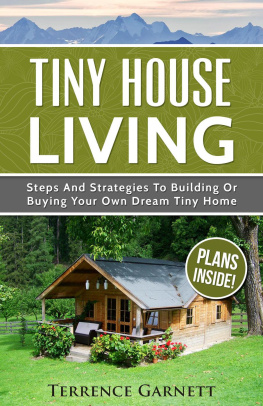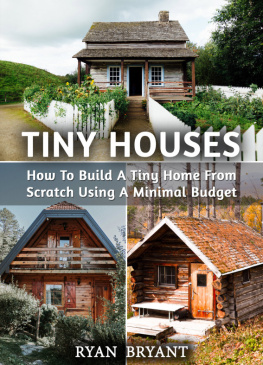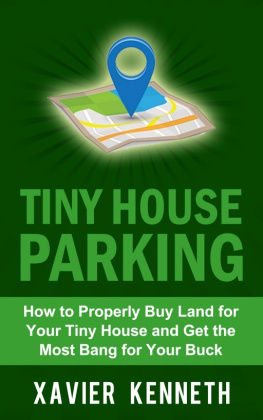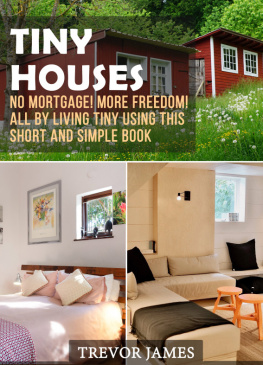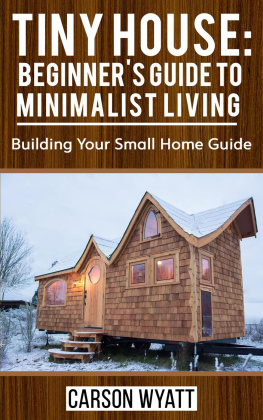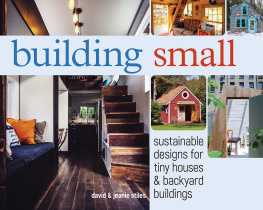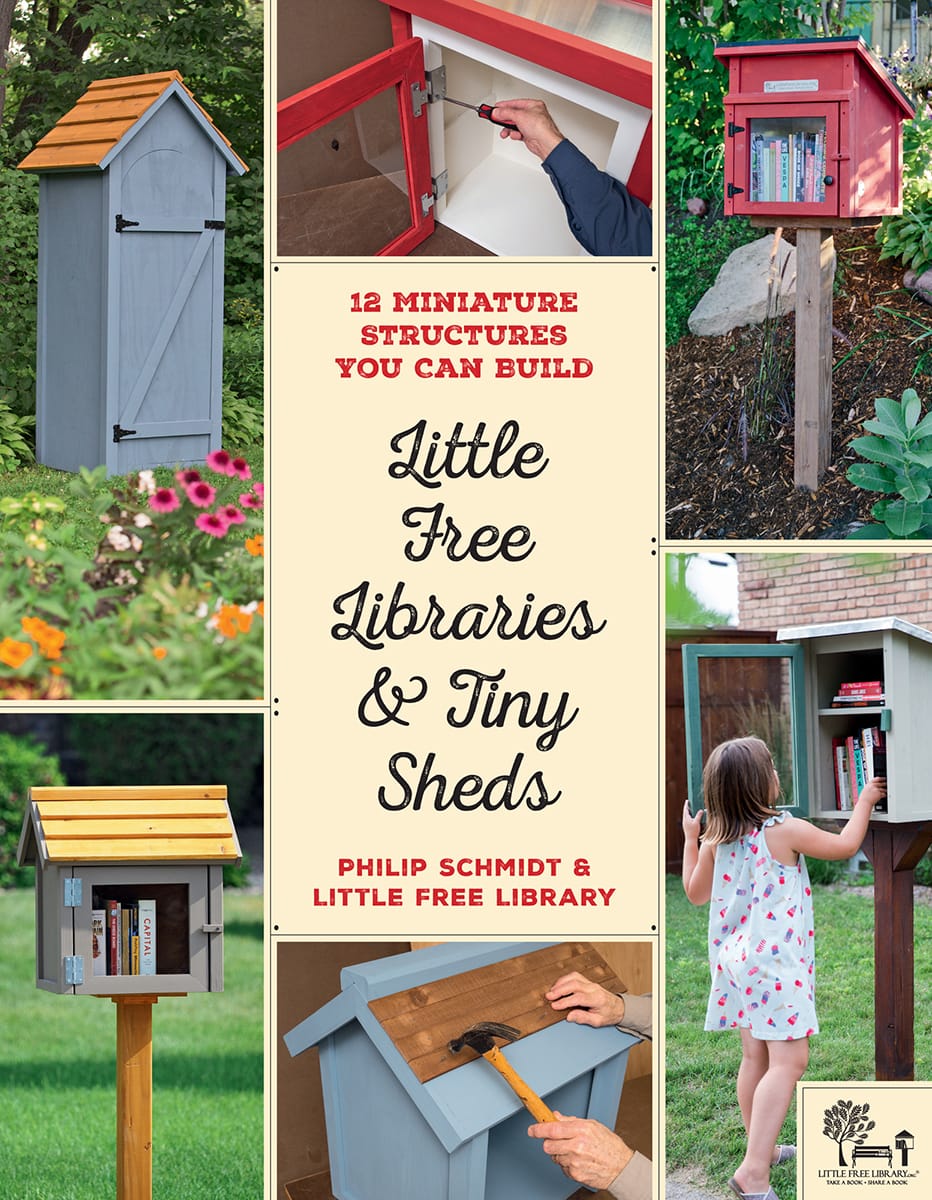Contents
Guide
Little Free Libraries & Tiny Sheds
MINIATURE STRUCTURES YOU CAN BUILD
PHILIP SCHMIDT & LITTLE FREE LIBRARY

Foreword
W hoever said from small things, great things grow would have loved Little Free Libraries.
At the Little Free Library nonprofit organization, where I serve as founder and executive director, we have a simple but powerful mission: to inspire a love of reading, build community, and spark creativity by fostering neighborhood book exchanges around the world.
At a Little Free Library book-sharing station, folks of any age, background, or income bracket can stop and find a book to take home or donate a book for someone else to discover. At the same time, they can strike up a conversation with a stranger, get to know their neighbors, and feel more deeply connected to their community.
When it comes to literacy and community, there is certainly work to be done. In low-income neighborhoods in the United States, there is only one book for every three hundred children. And research shows that one-third of us have never met our neighbors.
In 2009, when I built the first Little Free Library, I wasnt expecting to launch a global literacy and community movement. I built the first Little Free Library as a memorial to my mother, who was a lifelong reader and educator and whose memory I wanted to keep alive. But the reaction my neighbors had to the book-sharing box was beautiful: they stopped to talk, they lingered, they shared stories, they connected with each otherand of course they shared books too. I knew then that I wanted to inspire literacy and community through a Little Free Library Sharing Network.
In 2010, I was trying to find support for the Little Free Library concept. We had only sold three or four libraries in six monthspretty dismal results. As I was thinking about throwing in the towel, I heard a piece on National Public Radio about Martin Luther King Jr. When asked, What would you do if you were going to die tomorrow? he said he would plant a seed, because a seed can grow, change, and produce a better future.
That was the example I wanted to follow: to plant seeds of literacy and community. So we gave away thirty Little Free Libraries. Bit by bit, more libraries started to sprout, the media and public started to support us, and the movement started to grow.
Today, there are more than 75,000 Little Free Libraries around the world, in all fifty states and eighty-five countries, sharing tens of millions of books each year.
These small book-sharing boxes can have a big impact on a community. We have heard time and time again that when someone starts a Little Free Library, they meet more neighbors in a week than theyve met in the last ten years. We have also seen how access to books can change a life: from a person who is homeless finding a much-needed book to read, to a reluctant elementary-age reader who grows to love books because of a Little Free Librarys magic.
But even now, we still have miles to go. Were helping bring more Little Free Libraries full of books to lower-income neighborhoods through our Impact Library Program. Were creating ways for police officers and families to connect via our Kids, Community & Cops Program. And were connecting reading and community service through our Action Book Club. (Visit www.littlefreelibrary.org to join!)
Were delighted that youre reading this book and are interested in starting a Little Free Library in your neighborhood. Whether it is at your home, school, park, church, or business, your Little Free Library will stand as a signpost of kindness and connection in your community.
Ive been asked many times what the secret is behind the success of the Little Free Library movement, and the answer is: Its you! The most important pieces of the Little Free Library puzzle are the people behind each Little Free Library.
The Little Free Library Sharing Network empowers individuals to become community heroes who use their libraries in many ways. Some stewards place an emphasis on childrens books, to keep kids reading all year long. Some host a seed exchange inside the sharing box so neighbors can trade flower and vegetable seeds. Still others host Little Free Pantries that offer nonperishable food and toiletry items for neighbors in need. Each library comes to reflect what the community needs most.
Were thrilled to welcome you to the Little Free Library Sharing Network, and we invite you to explore how a Little Free Library can benefit your community. With Little Free Libraries, we are coming together, we are connecting, and we are reading. And these small seeds of literacy and community keep growing and growing.
TODD H. BOL
PUBLISHERS NOTE: Todd Bol passed away in October 2018 shortly after writing this foreword and being diagnosed with pancreatic cancer. He was heartened by the growing network of Little Free Library stewards around the world working to build stronger, more-connected communities.
Pictured above is Todd Bols very first Little Free Library.
Introduction
LET'S GET SMALL
I n recent years, tiny has become something of a buzzword among home enthusiasts, from the sawdust-in-their-hair DIY folks to the dreamy-eyed crowd that pores over glossy magazines and schedules their evenings around twenty-four-hour cable networks that explore every nook and cranny of home ownership. The appeal should come as little surprise: tiny homes promote sustainability, offer possible solutions to a growing paucity of affordable housing, suggest a pathway to simplifying cluttered modern lives, and (lets face it) are just cool.
But aside from these popular and cozy habitable homes, what about the really tiny structures we also see with increasing frequency, those that are sprouting up on urban lawns and along rural roadsides, in schoolyards and public parks, from coast to coast? Many, if not most, of these structures serve as lending libraries, a movement begun by Todd H. Bol, founder of the Little Free Library organization (see ). Their designs are limited only by the imaginations and resources of their owners. These libraries can take the form of simple-yet-sturdy plywood boxes, or they can be complex mimetic endeavors suggesting everything from seventeenth-century farmhouses with scale-sized clapboard siding to midcentury teardrop campers.
Somewhere along the way, though, civic-minded individuals adapted the Little Free Library concept. Now, in addition to housing paperbacks and CDs, we can find tiny structures that serve as seed libraries in community gardens or as pantries for those in need. Others provide handy backyard tool storage for gardeners and urban farmers (see ). Like all good ideas, the concept has been adapted and thus grown beyond its original intention. What began as an effort to foster community togetherness through sharing books has spurred the rise of tiny (usually) pole-mounted structures serving numerous ends.


